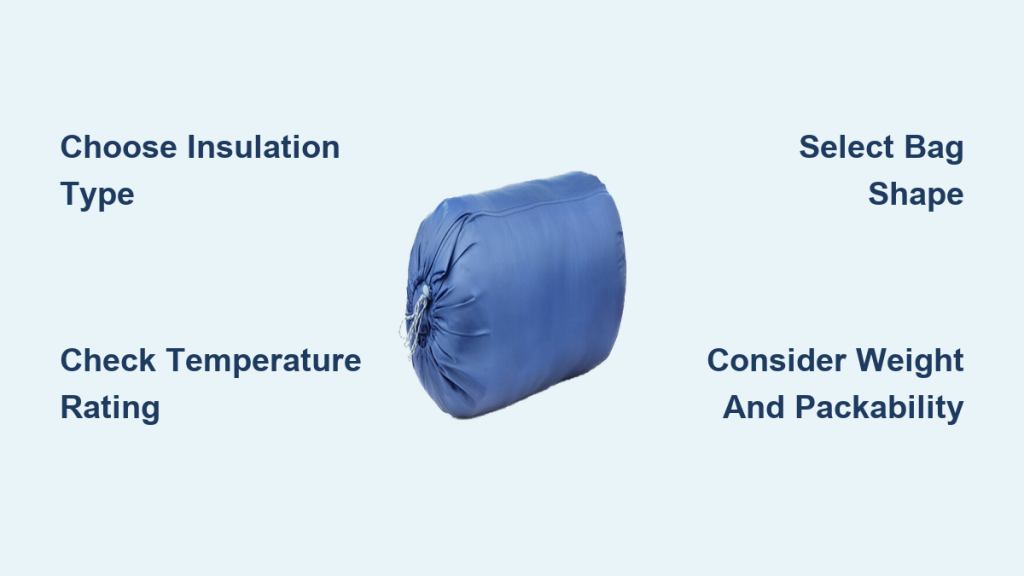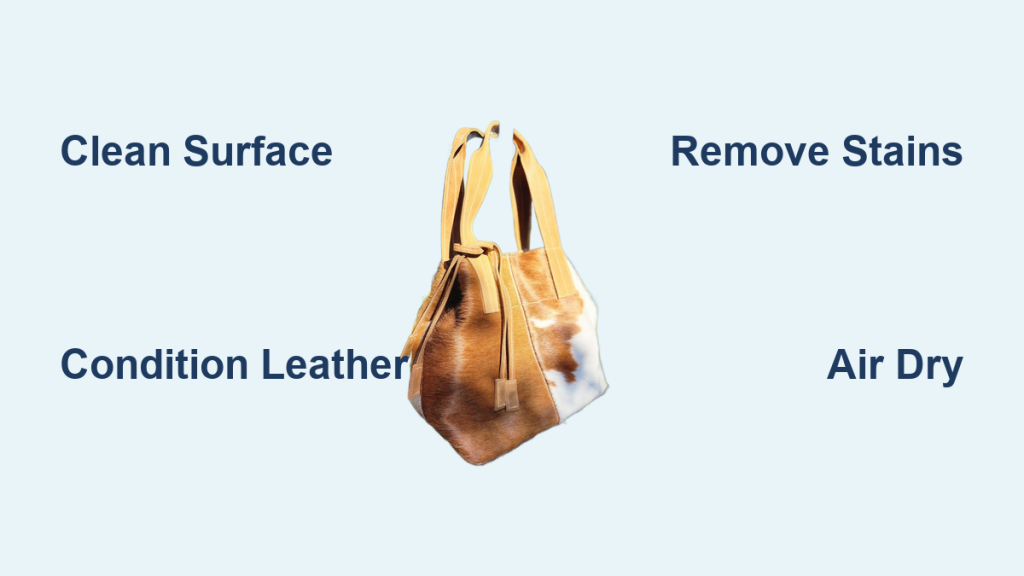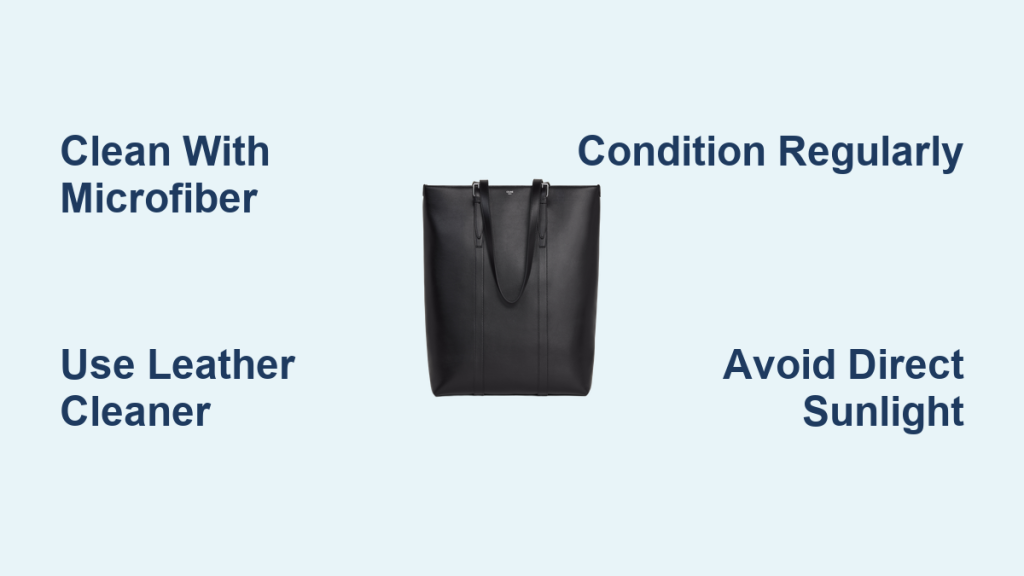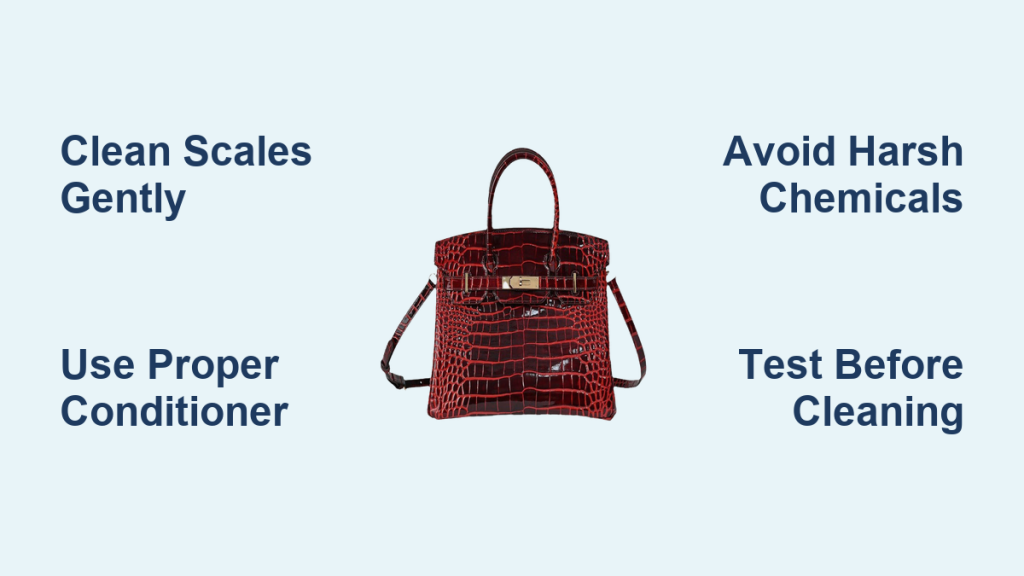Are you shivering through the night on camping trips, or waking up soaked in sweat? Choosing the right sleeping bag can be the difference between a blissful night under the stars and a miserable, sleepless experience. It’s a common frustration, but finding the perfect bag doesn’t have to be overwhelming. A quick fix is understanding temperature ratings, but there’s much more to consider for truly comfortable sleep.
This comprehensive guide will cover everything you need to know to select the ideal sleeping bag for your adventures, from understanding insulation types and shape options to deciphering temperature ratings and considering your personal sleep style. By the end of this article, you’ll be equipped with the knowledge to confidently choose a sleeping bag that ensures a warm, restful night, no matter where your travels take you.
Understanding Sleeping Bag Insulation
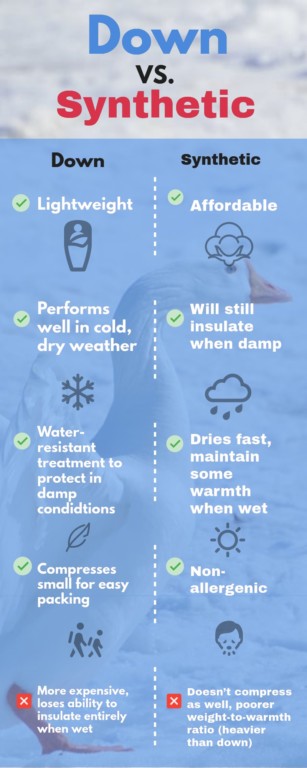
The insulation in a sleeping bag is what keeps you warm. There are two primary types: down and synthetic.
Down Insulation
Down consists of the fluffy undercoating of ducks or geese.
* Pros: Superior warmth-to-weight ratio, highly compressible, lasts for years with proper care.
* Cons: Expensive, loses insulating ability when wet, requires careful cleaning and storage.
* Fill Power: Down’s quality is measured in “fill power,” ranging from 300-900. Higher fill power means more warmth for the weight. 550+ is considered good quality, 700+ is excellent.
Synthetic Insulation
Synthetic insulation uses man-made fibers to trap air and provide warmth.
* Pros: More affordable, retains warmth when wet, easier to care for.
* Cons: Heavier and bulkier than down, doesn’t compress as well, doesn’t last as long as down.
* Types: Common synthetic fills include polyester, PrimaLoft, and Thinsulate. Each offers different levels of warmth and compressibility.
Sleeping Bag Shapes & Styles
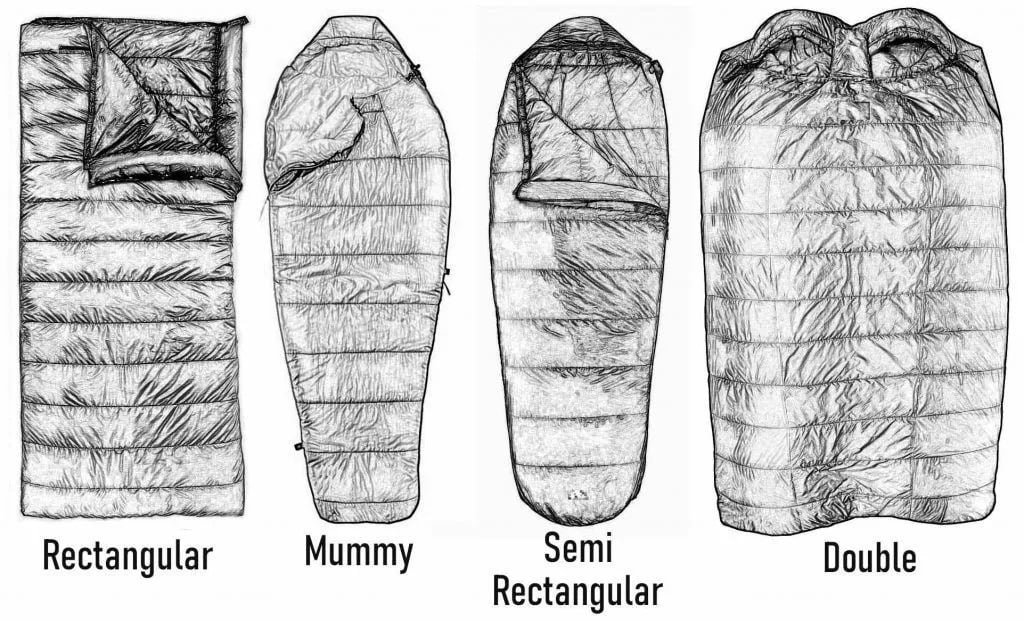
The shape of your sleeping bag significantly impacts warmth and comfort.
Mummy Bags
Mummy bags are tapered, close-fitting bags designed for maximum warmth.
* Pros: Most efficient for retaining heat, lightweight.
* Cons: Can feel restrictive, not ideal for restless sleepers.
Rectangular Bags
Rectangular bags offer the most space and comfort.
* Pros: Roomy, allows for more movement, can be unzipped and used as a quilt.
* Cons: Less thermally efficient than mummy bags, heavier and bulkier.
Semi-Rectangular (Modified Mummy) Bags
These bags offer a compromise between warmth and space. They’re wider at the shoulders and hips but taper towards the feet.
* Pros: Good balance of warmth and comfort, suitable for a wider range of sleepers.
* Cons: Not as warm as a true mummy bag, slightly heavier than a mummy bag.
Decoding Temperature Ratings

Sleeping bag temperature ratings indicate the lowest temperature at which the bag is designed to keep an average sleeper warm. However, these ratings can be misleading.
Understanding EN/ISO Ratings
The European Norm (EN) and International Organization for Standardization (ISO) standards provide more consistent temperature ratings. Look for bags with these ratings:
* Comfort Rating: The temperature at which a “warm sleeper” can sleep comfortably.
* Limit Rating: The temperature at which a “cold sleeper” can sleep comfortably.
* Extreme Rating: The survival temperature – the temperature at which the bag will protect against frostbite, but you likely won’t be comfortable.
Important: These ratings are guidelines. Your personal metabolism, clothing, and sleeping pad will all impact your actual warmth.
Choosing the Right Temperature Rating
- Summer Camping (above 50°F): 30°F – 40°F rated bag
- 3-Season Camping (20°F – 50°F): 15°F – 30°F rated bag
- Winter Camping (below 20°F): 0°F – 20°F rated bag or colder
Key Features to Consider

Beyond insulation and shape, consider these features when choosing a sleeping bag:
- Weight & Packability: Important for backpacking. Look for lightweight, compressible bags.
- Length: Choose a bag appropriate for your height. Too short, and you’ll be compressed; too long, and you’ll have extra cold air space.
- Zippers: Look for durable, snag-free zippers. A two-way zipper provides ventilation options.
- Draft Collar & Draft Tube: These features prevent heat loss around the neck and zipper.
- Hood: A well-designed hood significantly improves warmth.
- Pockets: Useful for storing small items like a phone or headlamp.
Pro Tips for Sleeping Bag Success
- Invest in a Good Sleeping Pad: A sleeping pad provides insulation from the cold ground. R-value measures a pad’s insulating ability – higher R-value = warmer.
- Wear Appropriate Clothing: Avoid cotton, which retains moisture. Opt for moisture-wicking base layers and warm socks.
- Store Your Bag Properly: When not in use, store your bag loosely in a large storage sack to maintain loft.
- Air Out Your Bag Regularly: After each trip, air out your bag to remove moisture and prevent mildew.
- Consider a Bag Liner: A liner adds warmth, keeps your bag cleaner, and can be used alone in warm weather.
- Don’t Sleep with Wet Clothes: Moisture significantly reduces insulation.
When to Seek Professional Advice
- Severe Cold Weather: If you’re planning a trip in extremely cold conditions, consult with an experienced outfitter to ensure you have the right gear.
- Specific Medical Conditions: If you have health conditions that affect your temperature regulation, consult a doctor before choosing a sleeping bag.
- Unsure About Ratings: If you’re confused about temperature ratings or unsure which bag is right for your needs, visit a reputable outdoor retailer for personalized guidance.
FAQ
Q: What is the difference between a 0°F and a 20°F sleeping bag?
A: A 0°F bag is designed to keep you warm in much colder temperatures than a 20°F bag. It will typically be heavier, bulkier, and more expensive.
Q: Can I use a summer sleeping bag in the winter?
A: No, a summer sleeping bag will not provide enough insulation for winter conditions. You’ll risk hypothermia.
Q: How do I clean a down sleeping bag?
A: Down sleeping bags require specialized cleaning with a down-specific detergent. Follow the manufacturer’s instructions carefully.
Q: What is a sleeping bag liner?
A: A sleeping bag liner is a fabric bag that goes inside your sleeping bag. It adds warmth, keeps your bag clean, and can be used as a standalone quilt in warm weather.
Alternative Solutions
If you’re still unsure about investing in a new sleeping bag, consider these alternatives:
| Solution | Pros | Cons | Best For |
|---|---|---|---|
| Sleeping Bag Overbag | Adds warmth to an existing bag, affordable. | Adds weight and bulk. | Mildly colder conditions. |
| Quilt | Lightweight, versatile, good for warm sleepers. | Requires more skill to use effectively. | Backpacking in warmer weather. |
| Layering System | Using multiple blankets or quilts. | Less convenient for camping. | Car camping or indoor use. |
Enjoy Your Comfortable Nights!
Now that you understand the key factors involved in choosing a sleeping bag, you’re well-equipped to find the perfect one for your needs. Remember to consider your typical camping conditions, personal sleep style, and budget.
Here’s a quick recap:
– Choose the right insulation (down or synthetic)
– Select a shape that suits your comfort preferences
– Understand temperature ratings and choose accordingly
– Consider key features like weight, length, and zippers
With the right sleeping bag, you can say goodbye to cold, restless nights and hello to peaceful, rejuvenating sleep under the stars.
What are your biggest sleeping bag concerns? Share your questions and experiences in the comments below – we’re here to help!

